When we think about nootropics, we're thinking about substances you put into your body to improve cognition. But did you know that your body already produces several of its own natural nootropics?
We've come up with a list of 5 nootropics that your body produces naturally. These substances are often taken in supplement form to improve focus, reduce anxiety, improve mood, and enhance overall cognition. But your body also produces them on its own.
5 Nootropics Your Body Produces Naturally
All five of these substances have two things in common: they're produced naturally in the body and have nootropic properties when consumed. Many of them are popular supplements. Some are available in health-food stores and supermarkets while others can only be found online. Now here are five nootropics your body produces naturally.
1. L-DOPA
Levodopa, aka L-DOPA, is an amino acid that the body uses to produce the neurotransmitter dopamine. Dopamine is known to play a role in memory, motivation, learning, and energy levels. Several nootropics work by increasing dopamine levels and changing the way dopamine works in the brain.
L-DOPA is a direct precursor to dopamine. What that means is that L-DOPA directly converts into dopamine with no steps in between. When you take L-DOPA, it increases dopamine levels in the brain.

You can increase your own dopamine levels by supplementing with either mucuna or l-tyrosine. L-tyrosine is an amino acid that the body uses to produce L-DOPA, which then converts to dopamine. So, in other words, l-tyrosine is two steps away from dopamine while the L-DOPA in mucuna is only one step away. Not surprisingly, most users who have tried both mucuna and l-tyrosine report that mucuna works better.
2. 5-HTP
Just like L-DOPA is a precursor to dopamine, 5-HTP is a precursor to another neurotransmitter: serotonin. Serotonin is known to play a role in sleep, mood, appetite, and more. Taking 5-HTP can increase serotonin levels in the body and brain.
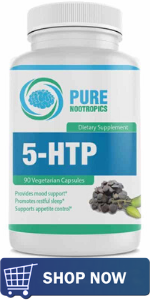
People take 5-HTP for two main reasons: to sleep better and to improve mood. Supplementing with 5-HTP can improve mood by increasing serotonin in the brain. Serotonin is the neurotransmitter that many prescription antidepressants like Prozac, Zoloft, and Paxil work on.
Supplementing with 5-HTP can also help you sleep better. After 5-HTP converts into serotonin, it can later convert into melatonin. And that brings us to the next nootropic that our bodies produce naturally.
3. Melatonin

Your body naturally produces melatonin on its own by making it from serotonin. Melatonin is produced when it gets dark outside and your brain needs to shut down. This neuro-hormone is known to play an important role in the body's sleep-wake cycle.3
Melatonin is a popular supplement because it works well for many people and is usually free of side effects. Users often report that it helps them to fall asleep faster and sleep better overall. The only adverse effect that is usually reported is a little early-morning grogginess. Even though our bodies already produce melatonin, taking it in supplement form can often improve sleep.
4. N-Acetyl L-Cysteine

NAC users report a number of benefits. Some of them include improved mood, reduced anxiety, reduction in obsessive-compulsive (OCD) symptoms, reduction in addictive behaviors, and improved sleep. And there is a growing body of scientific evidence to support many of these claims.
Traditionally, NAC has been used in medicine to treat acetaminophen (Tylenol) poisoning.4 But in recent years, psychiatrists and neurologists have been using it to treat a variety of disorders. Some of these disorders include Alzheimer's disease, bipolar disorder, obsessive-compulsive disorder, various addictions, and others.5
5. GABA

Gamma-aminobutyric acid (GABA) is the body's primary inhibitory neurotransmitter. It is known to play a role in anxiety, sleep, and muscle tone, among other things. The body uses glutamate to produce GABA.
When GABA is taken in supplement form, it does not readily cross the blood-brain barrier.6 This is the brain's protective mechanism to make sure harmful substances do not get to it. However, in spite of GABA not readily crossing the blood-brain barrier, many users report that taking GABA has a calming effect.
Both GABA and its precursor, glutamate, can be taken in supplement form. They're both well-tolerated and some people find them helpful for anxiety, sleep, and relaxation.
Conclusion
Since nootropics work on chemicals that are already in our bodies, it shouldn't be surprising that our bodies naturally produce many of them. These are just five but there are plenty of others. Some other nootropics that our bodies produce naturally include phosphatidylcholine, NADH, SAM-e, and DHEA, to name a few.
Have you tried any of the nootropics discussed in this post? If so, what has your experience been like? Please leave your answers in the comments section at the bottom of the page. And if you haven't already, please sign up for the NZ newsletter below.
To learn more about nootropics, sign up for the Nootropics Zone newsletter. You'll get the free gift, The Ultimate Nootropics Quick Reference Guide.
References
1Dart, R.C. (2003). Medical Toxicology. Philadelphia, PA: Lippincott, Williams, & Wilkins.
2Turner, E., Loftis, J., & Blackwell, A. (2006). Serotonin a la carte: supplementation with the serotonin precursor 5-hydroxytryptophan. Pharmacology & Therapeutics, 109(3):325-38.
3Auld, F., Maschauer, E., Morrison, I., Skene, D., & Riha, R. (2017). Evidence for the efficacy of melatonin in the treatment of primary adult sleep disorders. Sleep Medicine Reviews, 34:10-22.
4Green, J., Heard, K., Albert, D., & Reynolds, K. (2013). Oral and intravenous acetylcysteine for treatment of acetaminophen toxicity: a systematic review and meta-analysis. Western Journal of Emergency Medicine: Integrating Emergency Care With Population Health, 14(3). Retrieved July 12, 2019 from https://escholarship.org/uc/item/077534dn
5Deepmala, Slattery, J., Kumar, N., Delhey, L, Berk, M., Dean, O., Spielholz, C., & Frye, R. (2015). Clinical trials of N-acetylcysteine in psychiatry and neurology: a systematic review. Neuroscience & Biobehavioral Reviews, 55:294-321.
6Kuriyama, K., & Sze, P. (1971). Blood-brain barrier to H3-gamma-aminobutyric acid in normal and amino oxyacetic acid-treated animals. Neuropharmacology, 10(1):103-8.
[This article was originally published on July 12, 2019. Updated August 6, 2021.]

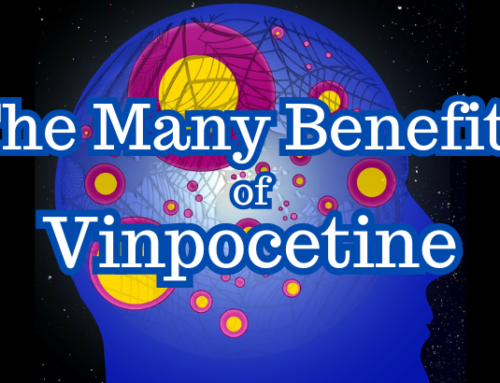
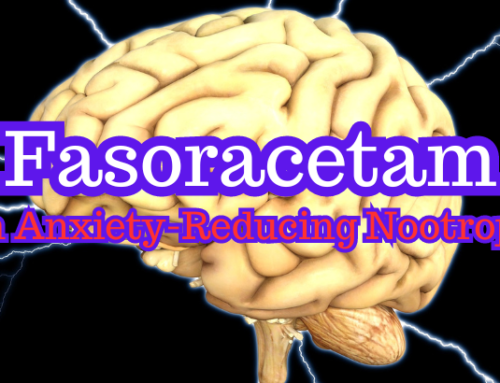
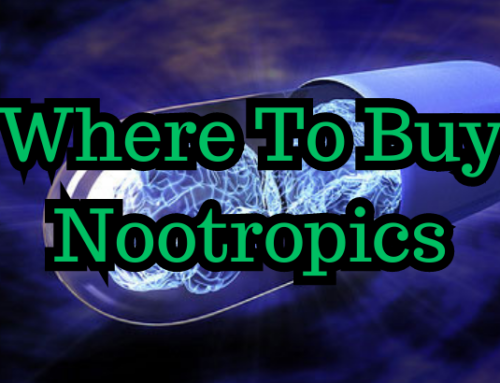
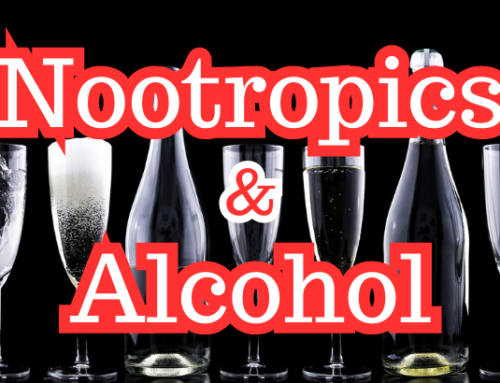


Leave a Reply